CSX has shut down an approximately 60-mile section of the EK Subdivision between Calla, Ky., and Jackson Yard in Jackson, Ky. All rail traffic is being funneled via the branchline’s connection to former Chesapeake & Ohio rails in Martin Yard near Martin, Ky., sources confirm with Trains News Wire.
The EK Subdivision will continue in service from east of Jackson Yard to Hazard, Ky., where a coal customer at Typo, Ky., remains active. The EK Subdivision yard in Ravenna, Ky., is part of the section of track that was idled.
Trains gaining access to Hazard are using the railroad’s Big Sandy Subdivision from near Ashland, Ky., south to Martin Yard. Trains will then use the railroad’s Elkhorn and Beaver Valley and Rockhouse subdivisions to gain access to customers that remain on the EK Subdivision. All inbound and outbound traffic will use these routes, as opposed to using the western edge of the EK Subdivision.
The EK Subdivision connects to the railroad’s CC Subdivision near Winchester, Ky., and runs east toward Ravenna, Hazard, and into former C&O territory. The idled section is a signal-equipped route with a few double-tracked sections and several passing sidings.
The route once served coal customers throughout rural Kentucky. Loaded trains were sent back west to the L&N mainline near Lexington, Ky., for shipment north to Ohio or south to Georgia. Coal was also sent east to Martin for shipment south on former Clinchfield Railroad rails or north on the former C&O Big Sandy Subdivision from Pikeville, Ky., to near Ashland, Ky.
More cuts to an already crippled Clinchfield
In nearby Clinchfield country, CSX is cutting operations at its Dante, Va., terminal. Rail crews that were reporting to Dante to serve a coal mine in nearby McClure, Va., will be shifted to Shelby Yard in Pikeville, Ky. Sources say that the McClure mine will fulfill final contract loadings and then it will be idled. As a result, this will eliminate coal traffic on the far northern end of the Clinchfield Railroad between Elkhorn City and McClure Mine near Dante. Freight traffic remains in service from near Kingsport, Tenn., south to Spartanburg, S.C., on the former Clinchfield mainline.
The latest reconfiguration of rail operations in the coalfields will not result in job losses but will change how rail traffic moves through the coalfields in eastern Kentucky.





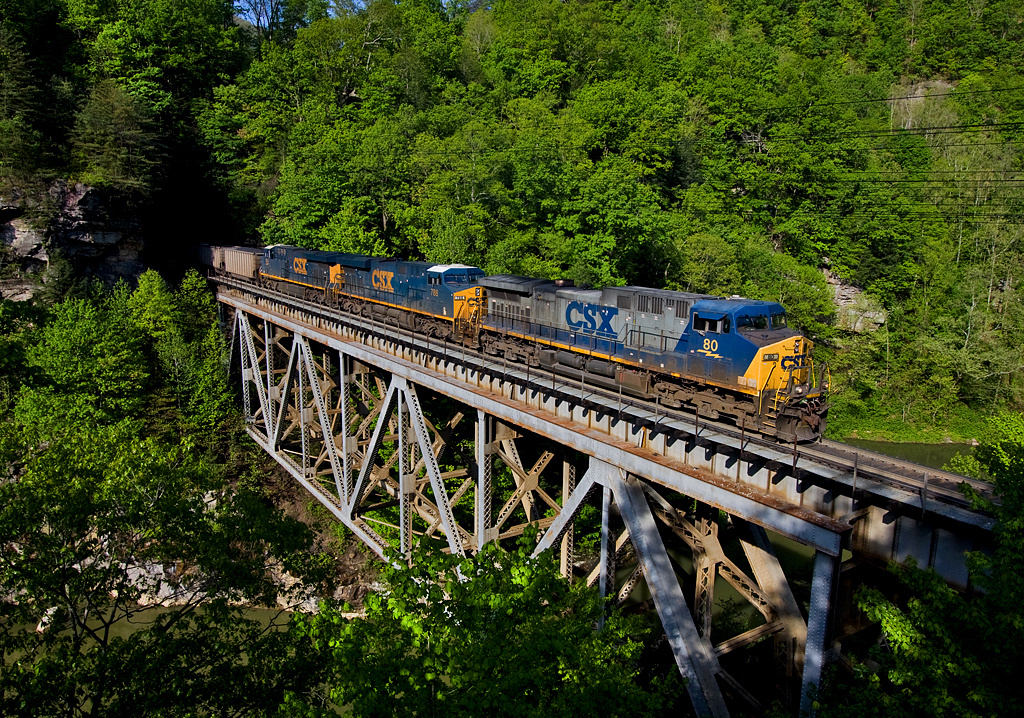
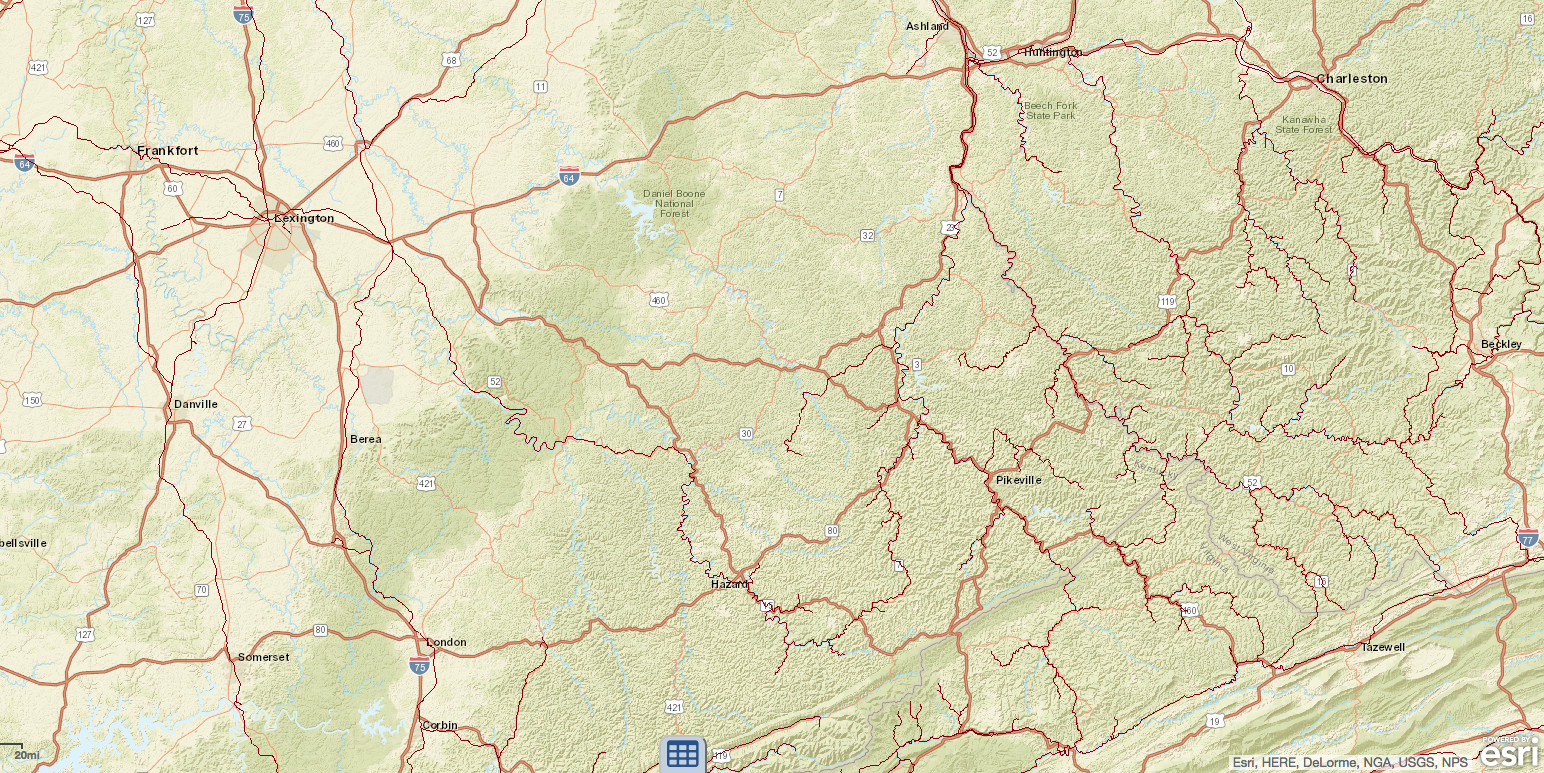

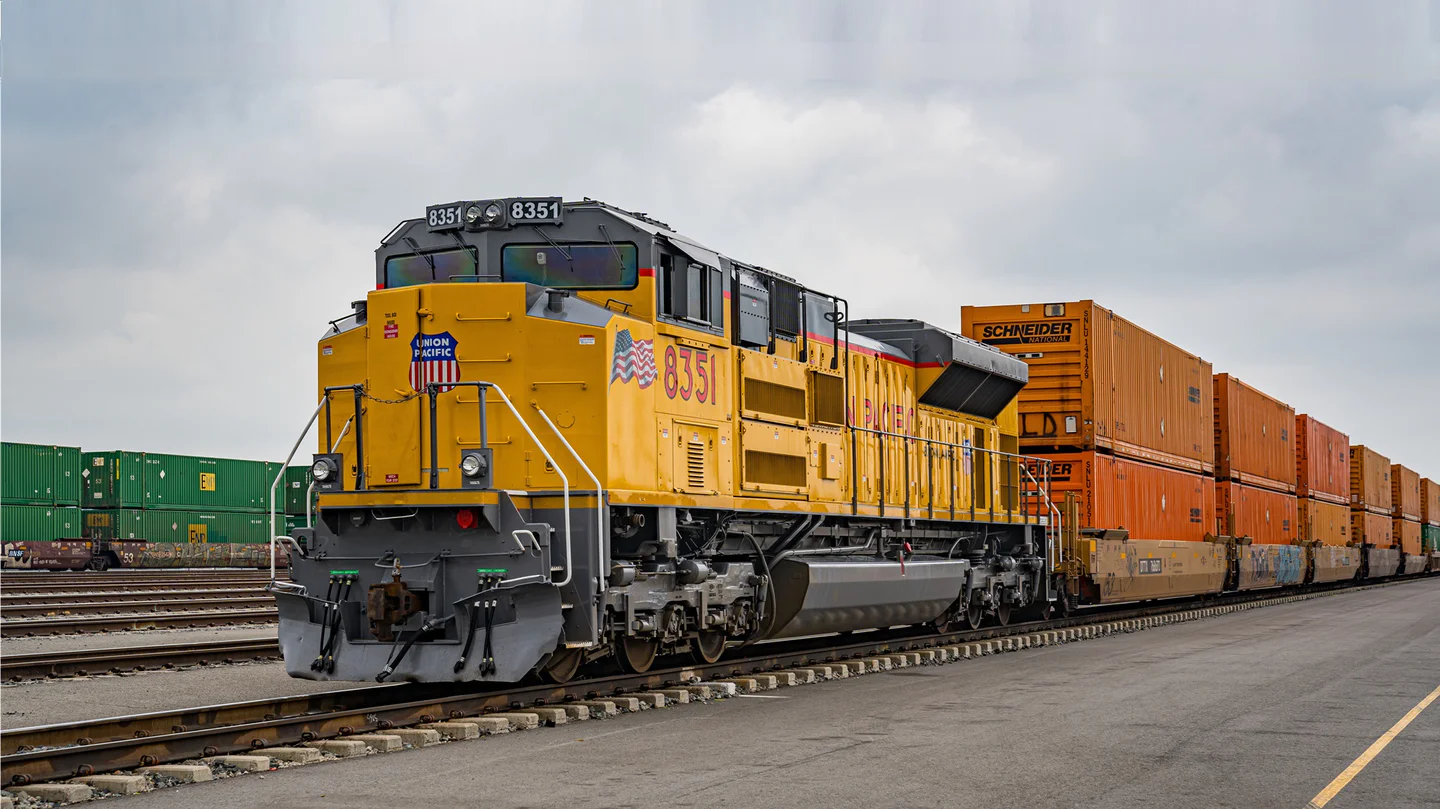
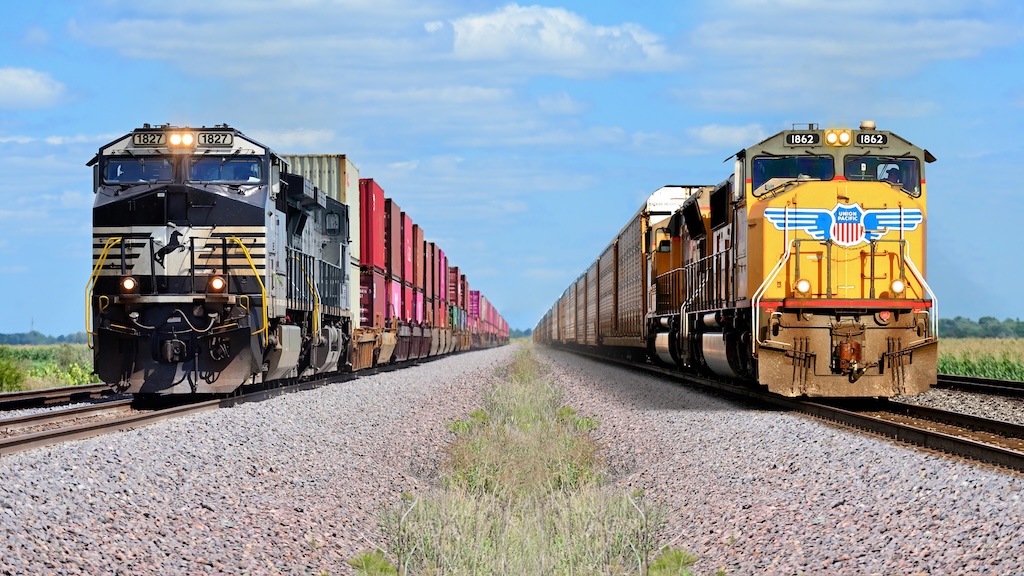
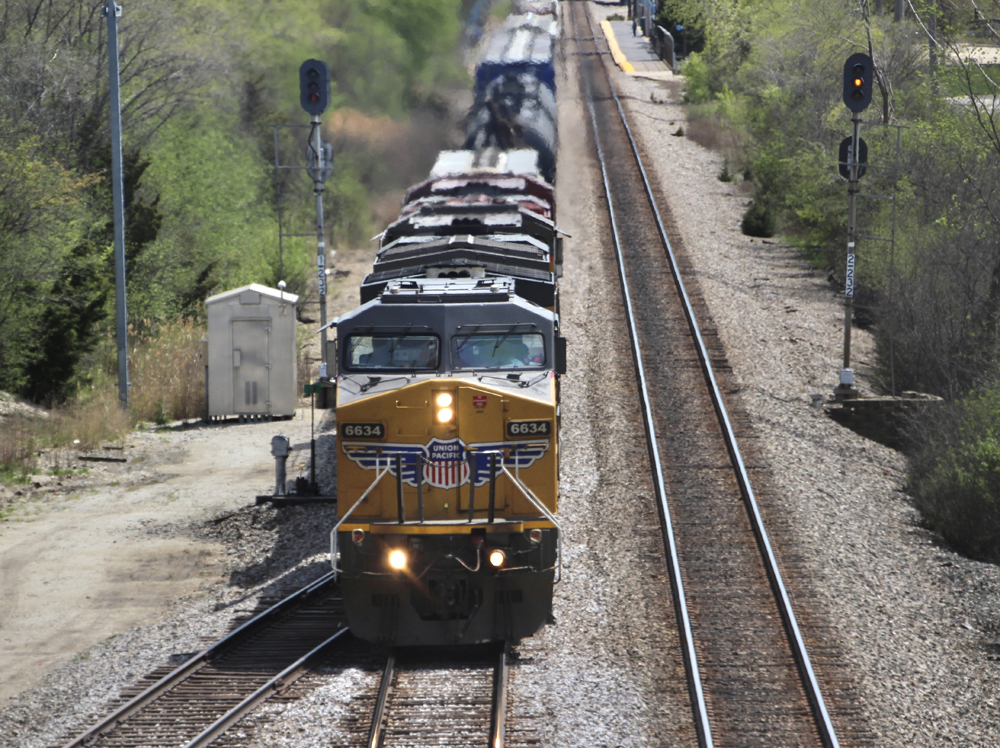
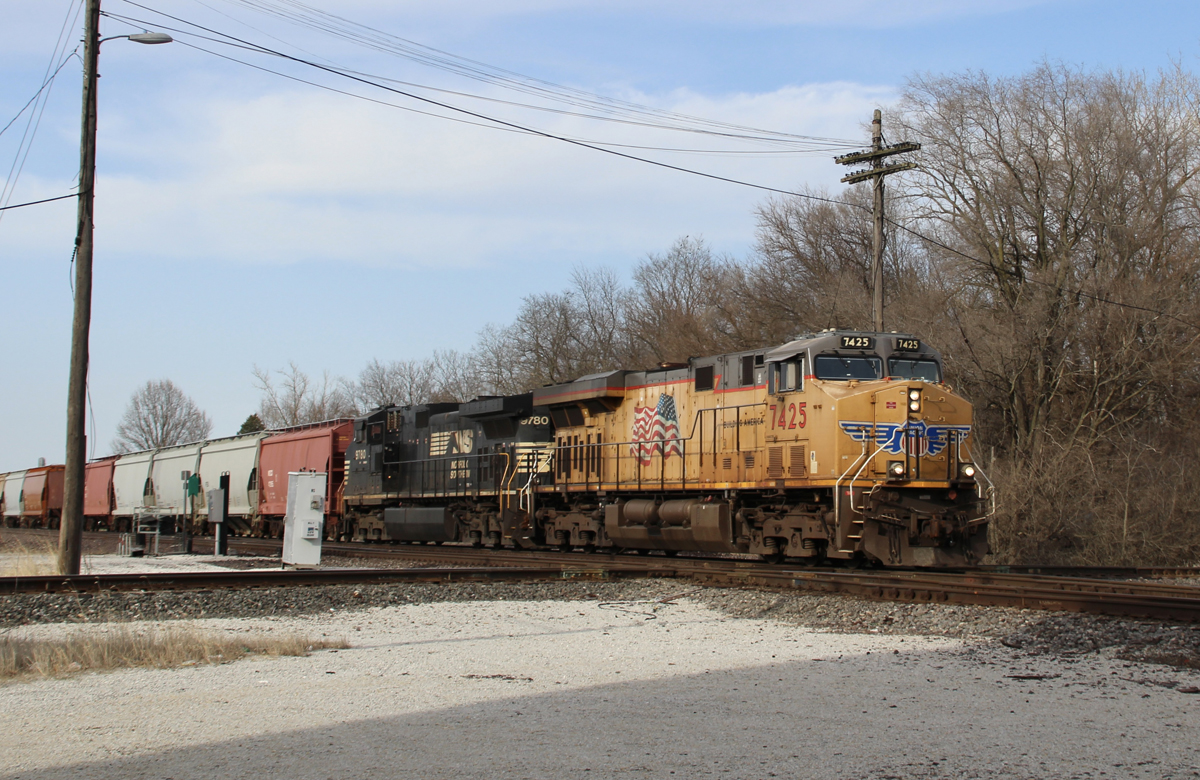




Best change of all would be to dig a Federally funded canal, and just sink Washington! You would see the rr;s come b ack then
Joseph Nowak
So many of these comments remind me of the 1950’s, when passionate advocates of steam locomotives were fighting a losing battle against the diesels that were replacing them. Change is inevitable, although it is often not managed well, and sometimes is not for the best, but it happens nonetheless. One of the disadvantages of growing older is witnessing more and more of it during your lifetime.
Any chance these coal routes could be tweaked as intermodal routes to compete with trucks on various interstates? Trains will still be the choice for fast long haul freight. Don’t forget…rail lines have been pulled up but railroads carry much higher volumes of freight now than when the RR mileage in the USA was at its peak.
I don’t buy the argument that coal can’t be clean.
Agree with the request to offer a map, the linked maps do not show either endpoint of the section being removed from service.
Mr. Withorn, you are so right. But not only do we need a rational person in charge of the EPA, we need a rational person in charge of the whole country.
Mr. Cox, a tourist train, maybe. But a scheduled passenger run, don’t hold your breath.
Natural gas is a better fuel than coal and the US has large supplies available. Utilities can build peaking plants close to urban areas using gas turbines to drive alternators. The plant footprint can be relatively small because there is no need for fuel storage on site. Gas turbines come online in about 20 minutes versus 8 hours for coal.
Tracks will continue to be taken out of service when the products they carry are no longer needed. Railroads were required in the days of horse and wagon transportation but trucks have taken over the short hauls because they are efficient and timely. Load a truck, drive 250 miles between any two points on the highway network, and unload in the same day. You can’t do that with a railroad even if both points have a rail connection. So, we have to accept that rails will continue to be pulled up and lines abandoned as needs change. I hate to see it happen but that is reality.
The EPA regulations were put in place to protect people. Maybe you don’t live down wind from a coal fired generation plant and don’t see the results. There is no such thing as “Clean Coal”. They have tried multiple technologies and none have been able to scale up to the size they need for production power plants. We will get a rational person in charge of the EPA and the country and we will address global warming. I am so looking forward to November 8th!
Timothy Ekren, you understand economics. Others here do not. Thank you for your input.
NS leases everything out . . . CSX puts it outta service. I’ll take NS. . . .
How about a map
Maybe there is a small chance for idle track to be used for some other revenue like tourist train. Or long over due is a passenger run for folks that don’t have the means by car or plane to get a around.
Timothy, that is a cause but not the only. Many coal fire plants can not be economically up graded to what the EPA has forced upon them. If some rational person were in charge of the EPA we might see reasonable regulations, not the extreme stuff that has been coming out for the past few years.
Jim, this will continue because it is cheaper, easier and more efficient to generate electricity with a new larger gas fired plant then an old coal fired power plant. Utilities are idling 30-40-50 yr old power plants because electricity growth is flat and the plants being shutdown are smaller, inefficient and have gone the way of consolidation. Coal is losing out to economics as the mines get deeper and gas production expands
This will continue unless “we drain the swamp in Washington.”
Like the Northeast when the mines closed down in the 60’s and the early 70’s.